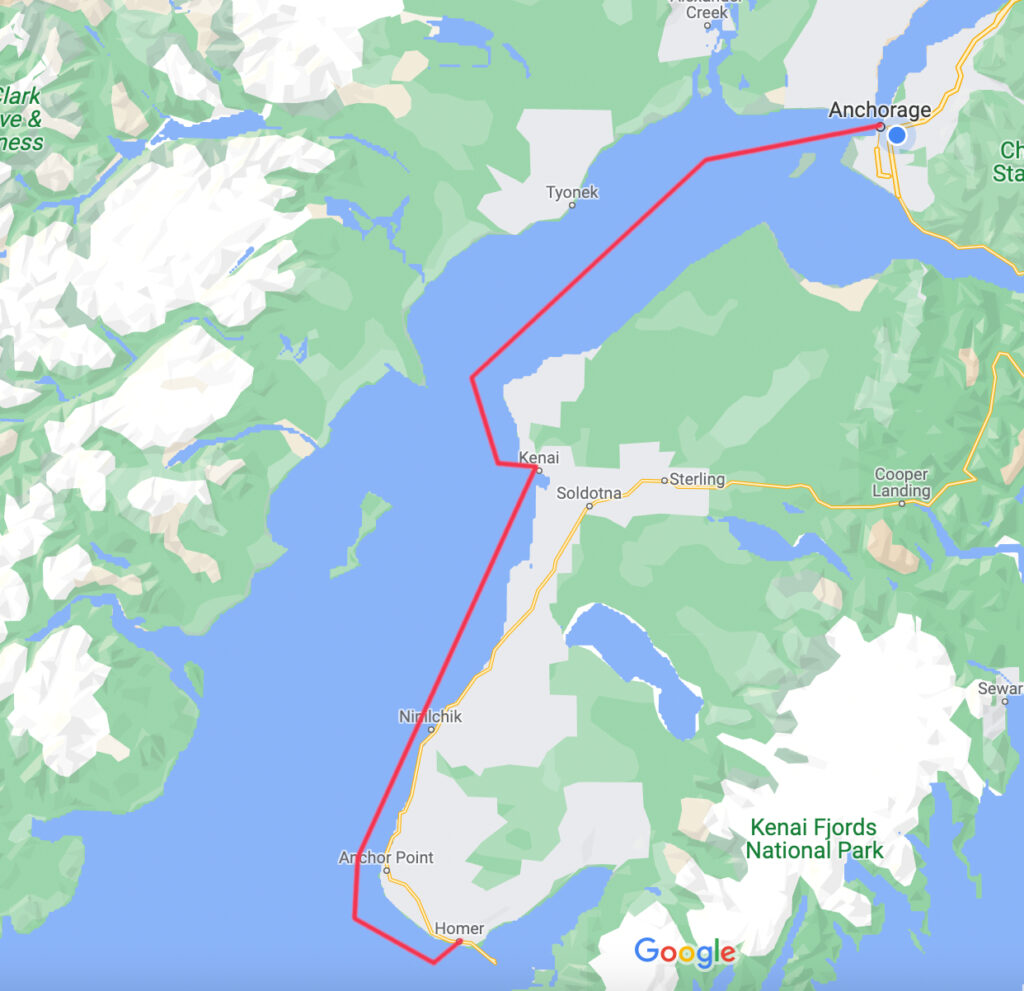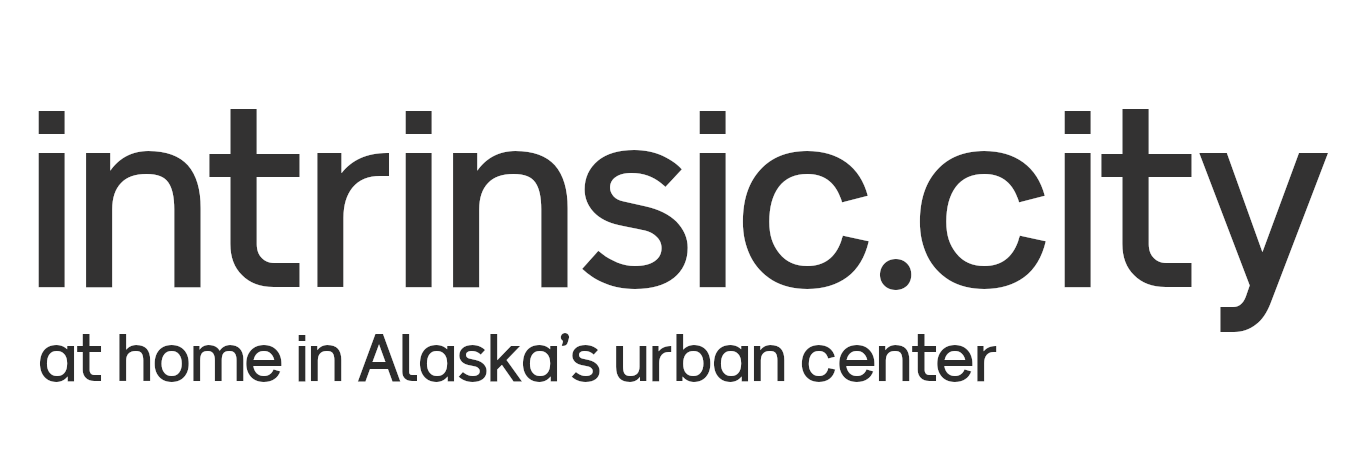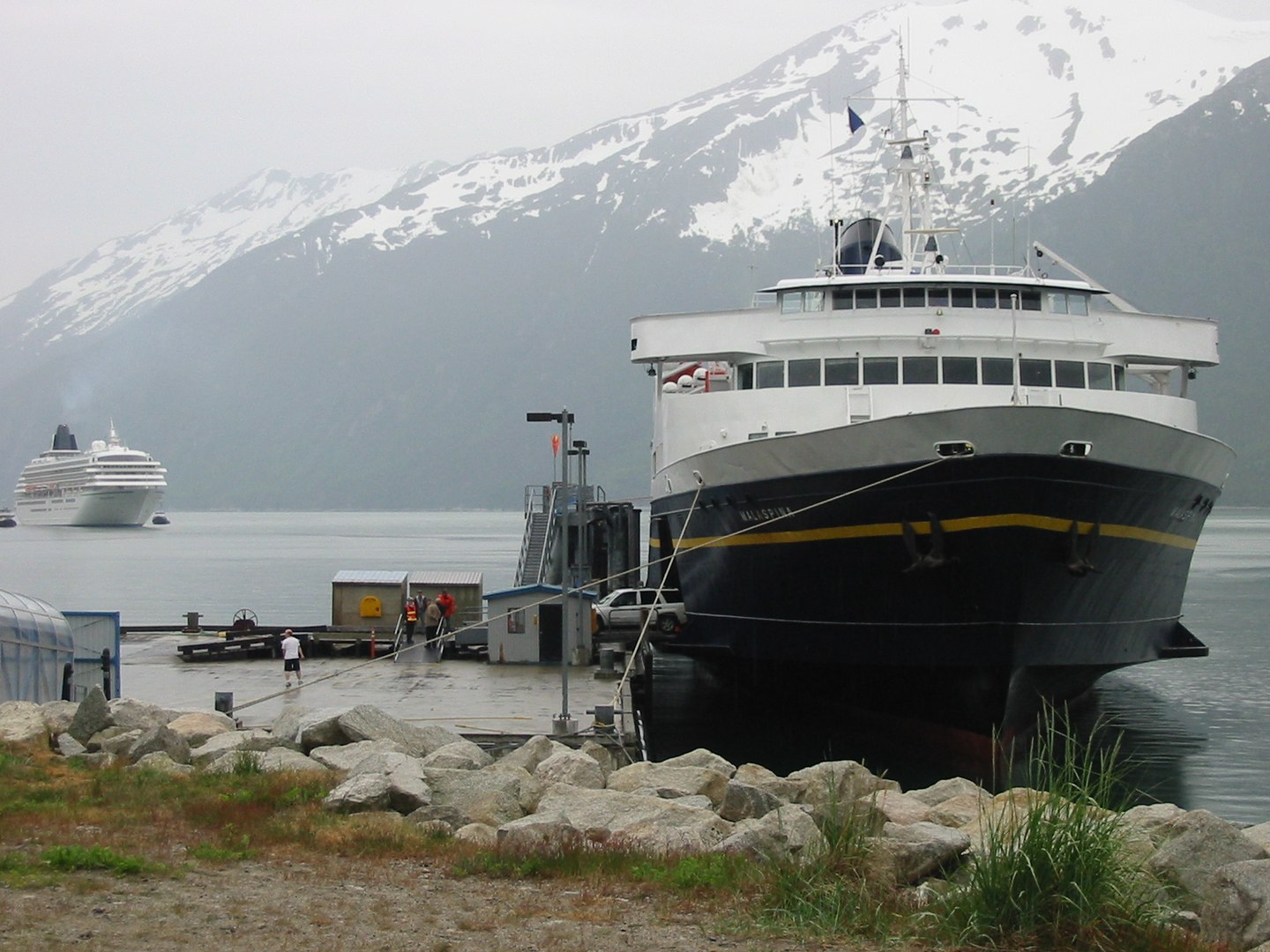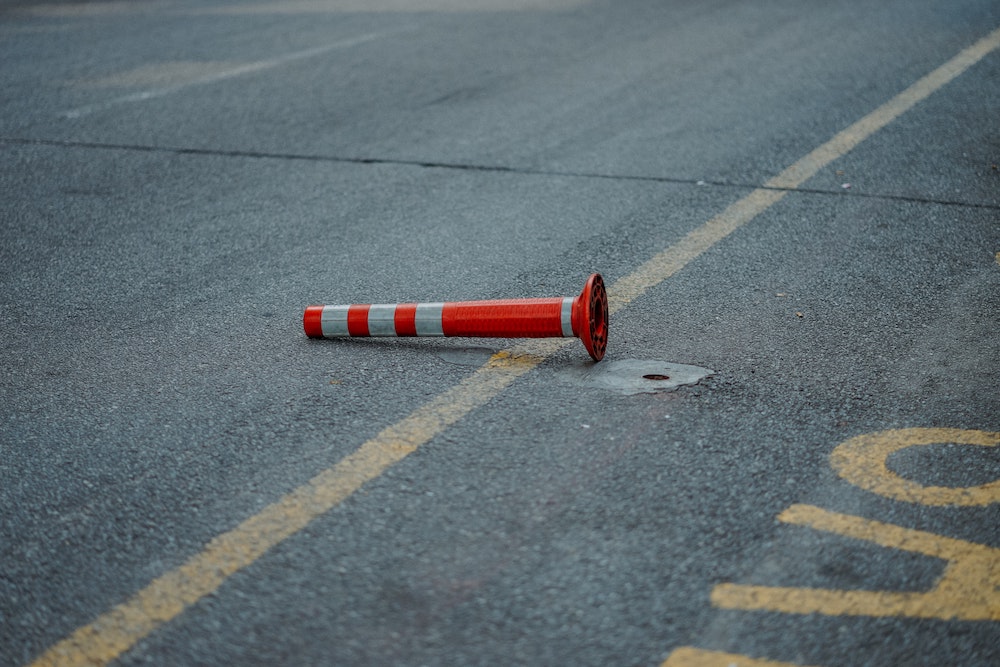The infrastructure bill may bail out the AMHS, for now.
Would expanded service to Anchorage bring more revenue and equity?
It’s been a few years since Governor Dunleavy gutted the budget leaving the Alaska Marine Highway System (AMHS) to suffer a slow death. Ferries have fallen into disrepair, others are sold off to international brokers for pennies on the dollar, and communities that depend on the service pay the ultimate price, increasing isolation.
Conservatives will try to rationalize the AMHS’s demise by citing the lack of profitability as if government services should all be run “like a business.” Such a notion completely ignores the fact that AMHS is public transit. Public transit is subsidized to provide a service to the public and never intended to turn a profit or even be self-sustaining. But, could an expanded service offering bring more revenue or at least a more broad value proposition?
Until Alaska’s budgetary issues are resolved, the future of AMHS is muddy at best. Still, just like other public transit systems, the more riders it serves, the more value it holds for the communities they serve.
Thankfully, the $1.2T infrastructure bill includes $1B designated for ferry projects nationwide. Alaska will receive about $73M earmarked for constructing ferry boats and terminals with additional funding for a pilot program for electric or low emission ferries. The bill also authorizes AMHS to use federal highway funding for maintenance and repairs of the AMHS.
I’ve had people ask, why doesn’t the ferry provide service to Anchorage? There’s no dock in Anchorage, and there’s already service to nearby communities like Whittier and Homer. However, service to Whittier is infrequent, and anyone who’s ever driven to Homer will tell you, it’s not a casual trip. At best, it’s a four-hour, 220-mile drive through mountain passes prone to rock slides and deadly collisions, which regularly close the road for several hours at a time.

Including Anchorage on existing ferry routes to Homer would add 320 miles round-trip and so it may be necessary to create an Upper Cook Inlet stand-alone service. Service would have to depend on the tides which in some areas of Cook Inlet are the 2nd highest/strongest in the world. If the ferry travels at 20 knots (about 23 mph) a trip to Kenai should take about 3 hours and Homer about 6.5 hours.
Is there demand? Well, if you combine the populations of Kenai and Soldotna, you get the fourth largest population in Alaska; Homer is the 11th. Demand for a ferry service between the 1st, 4th, and 11th largest cities would seem feasible. A road trip to Homer and the Kenai Peninsula is expensive for those of us with access to a reliable vehicle and nearly impossible for those without and providing this alternative transportation would benefit the public.
Why not fly? For one, you can’t bring a vehicle on a small airplane so, we lose the revenue from recreational vehicle travel. Secondly, it’s expensive. I checked fares on Ravn Alaska and airfare from Anchorage to Kenai is around $160 one-way and $200 one-way to Homer. Comparatively, a voyage on the Kennicott from Juneau to Petersburg (walk-on) is around $85 and since AMHS is a state-owned service, fares could be subsidized for low-income residents.
Operating this ferry route in the summer would take a lot of recreational vehicles off the road by offering a safer and more relaxing alternative than the crowded and often dangerous Seward Highway. There’s also an opportunity for equity concerning dipnetting on the Kenai River, a subsistence harvest granted to all Alaska residents many of whom cannot take advantage of this much-needed food source without access to a vehicle. Additionally, seasonal workers in the canneries and hospitality may also be served by this route.
Finally, services like this attract visitors looking for an authentic experience. These independent travelers have a far more significant and evenly spread economic impact than cruise passengers. By making our communities more accessible through better connections, we can attract adventure-seekers without a rental car.




Experiencing the demise of ferry service to my town, Kodiak, I would love to have service restored to at least year round. As it is now we have little if any service for 4 or 5 months during the winter isolating my community. Alaska Marine highway is at best a sputtering dying vestige of public transportation, causing undue hardship on roadless coastal communities